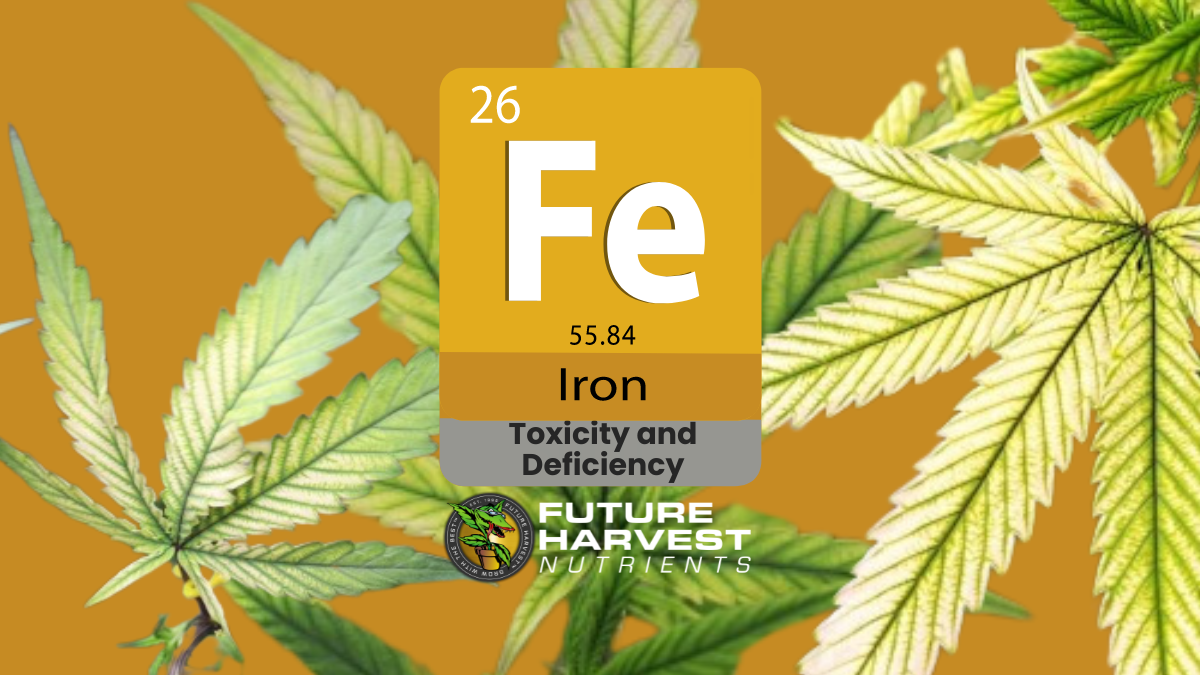Resistance Isn't Futile: Genetic Resistance in Plant Pests

Genetic Resistance
Like treating bacterial disease in humans with antibiotics plant pests like fungi, insects and weeds will eventually find ways around the chemical which is targeting them.
In a nutshell, let's say that a pesticide might kill all but 1 in 10 million of a particular pest. Maybe some sort of mutation has occurred to get around the mode of action for that particular chemical. That individual then reproduces with non resistant individuals increasing the frequency of that mutation. Maybe the next time that pesticide is used there's 100 out of 10 million that have the resistance and these individuals are then able to multiply. Over time the frequency of the resistance genes grow and grow until the point where the pesticide being used is no longer effective against that particular species.

Mechanisms of Resistance
There are several methods in which a pest can become genetically resistant at the cellular or biochemical level as these are the levels of the organism which pesticides target.

The first of which is altering the target site. A pesticide might bind to any enzyme at a particular site on the enzyme. A mutation could occur in which the shape of the enzyme changes to prevent binding but the functionality is maintained.
Related to this type of action is the over expression of the target molecule. If a pesticide is neutralizing a vital component, the pest can simply produce more of the component. Some of them will be neutralized, whereas some will go on to maintain normal cellular functions.
The third method is by enhanced metabolism. A mutation could occur that produces a new metabolite which is well suited to pesticide inactivation.
And finally there can be compartmentalization of the pesticide within the cell. This simply means that while the pesticide remains active, the cell moves it to an area which it won't come into contact with the target molecule. Alternatively the pesticide can be removed from the cell all together.
In addition insects have some other methods at their disposal. They can potentially change their behavior, for example not feeding while the pesticide is present or temporarily moving to someplace which doesn't contain the pesticide and returning when its dissipated. They are also able to potentially change the composition of the cuticle on their exoskeleton in order to slow the absorption of the pesticide.

How to Prevent Resistance
We all want to reduce the amount of pesticides being used. While they're a lot less harmful than they were in the past there's simply no chemical or farming practice out there which is 100% safe. While it's easy to say that we should ban all pesticides it's not feasible with humanities ever growing population as leaving pests unchecked would completely decimate our food production. It is important to strive to minimize their usage however, here are a few ways.
Through Crop Management
Overall plant health should be obvious but it can easily be overlooked. If a plant is neglected and isn't given proper water or fertilizer or has other environmental challenges it can become stressed and sickly. In which case the plant likely won't have the resources necessary to fend off an attack by a pest.

Some of the methods have been discussed in the previous post Plant Pathology: An Introduction" post including crop rotation and planting resistant varieties will also help to keep the overall numbers of pests in check.
If growing in a garden or field, regular tillage is beneficial for weed control. Keep in mind that tillage should be done when they're good soil moisture in order to prevent erosion.

Clean equipment before using it in a different location in order to prevent pests potentially moving along with the equipment.
Through Integrated Pest Management.
Monitoring the pest population is one of the most practical methods. Waiting too long to combat pests will allow their population to explode, a large population size means that there's greater chance of there being a genetic variant that will show pesticide resistance. On the other hand treating a crop with pesticide when there's next to no pests is wasteful, and more pesticide in the environment increases the chance of resistance forming.
If it's possible only treat areas which contain the pests rather than the whole crop as here again overuse of pesticides can contribute to resistance.
Plant crops away from alternative hosts. For example tobacco mosaic virus can infect grapes and apples without any symptoms of disease. This can be passed on to vegetable crops like tomatoes, peppers, or cucumbers. There are many weed species that are alternate hosts to food crops.
If available use biological controls such as predatory insects, parasitoids, or pathogens. Unfortunately many of these are very host specific and can't control a very wide number of pests. Since they are biological in nature they are constantly evolving to any of the pests defense mechanisms.

The most important point to consider with genetic resistance is DO NOT use the same pesticide repeatedly, but rather switch between several modes of action. If an individual has a trait to tolerate the first pesticide and its descendants are challenged with a different pesticide there will be a lot less of them in the population the next time the first pesticide is used again.
This post is the very basics of genetic resistance, if you would like to get more information please visit The Pesticide Stewardship Website from where several of the points in this blog post were taken from.
Leave A Reply
Your email address will not be published. Required fields are marked *



Comments
Loren Price
I wish that I could give you an answer that will solve all of your problems but unfortunately I can’t. The only thing that I can tell you is to do your best to try to prevent infestations in the future. Keep everything very clean, always trim dead material and dispose of it off site. Put up sticky traps to catch the pests as well as monitor the infestation.
Ted Donhuysen
I use most of the future harvest products with great success.. In my last crop however i experienced a problem with thrips. How can I control them without using chemical insecticides?